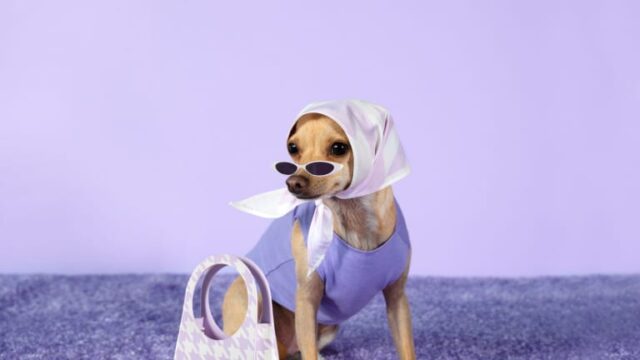The world of designer dog fashion is an intriguing realm where pet pampering meets haute couture, pushing the boundaries of style into the adorable and sometimes absurd. As pet owners increasingly humanize their furry companions, the demand for designer dog clothes and accessories has skyrocketed, leading to a burgeoning industry dedicated to canine chic.
This trend has seen dogs donned in everything from bespoke sweaters and luxurious coats to themed costumes and stylish booties, transforming daily walks into runway shows.
In this article, we delve into the fascinating and often contentious world of designer dog fashion. Join us as we navigate the trendy yet potentially terrible world of high fashion for dogs, where cuteness and controversy collide.
Why did the designer dog trends become such a big deal?
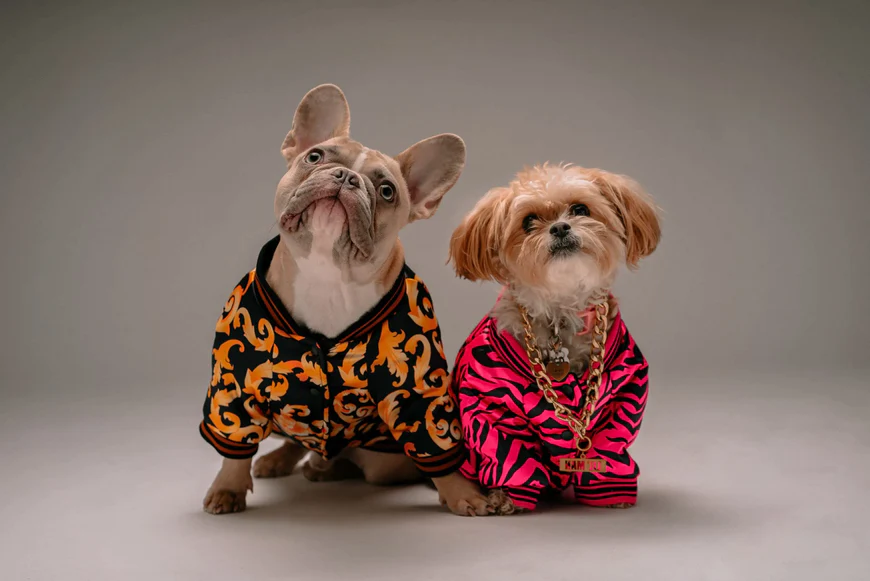
The surge in designer dog fashion can be attributed to several factors, chief among them the humanization of pets. Many owners view their dogs not just as pets, but as family members, and they want to extend their personal style and care to their four-legged companions.
Social media also plays a significant role, with platforms like Instagram and Pinterest showcasing stylish pets in trendy outfits, inspiring other pet owners to follow suit.
This social trend has propelled the pet fashion industry into a multimillion-dollar market, with designers and brands competing to set the next canine-style trend.
What can you expect when purchasing designer apparel?
The variety of designer dog fashion is as vast as it is imaginative. It ranges from practical garments designed to protect pets from harsh weather conditions to luxury pieces that make bold fashion statements. For colder climates, there are insulated jackets, elegant sweaters, and even paw-protecting booties.
For the more fashion-conscious or occasion-specific, there are tuxedos, wedding dresses, and holiday-themed outfits that cater to virtually every whim of the pet owners.
High-end brands have even begun to include pet lines, featuring scaled-down versions of human apparel, made with the same quality and attention to detail.
The designer dog collars are taking over the world
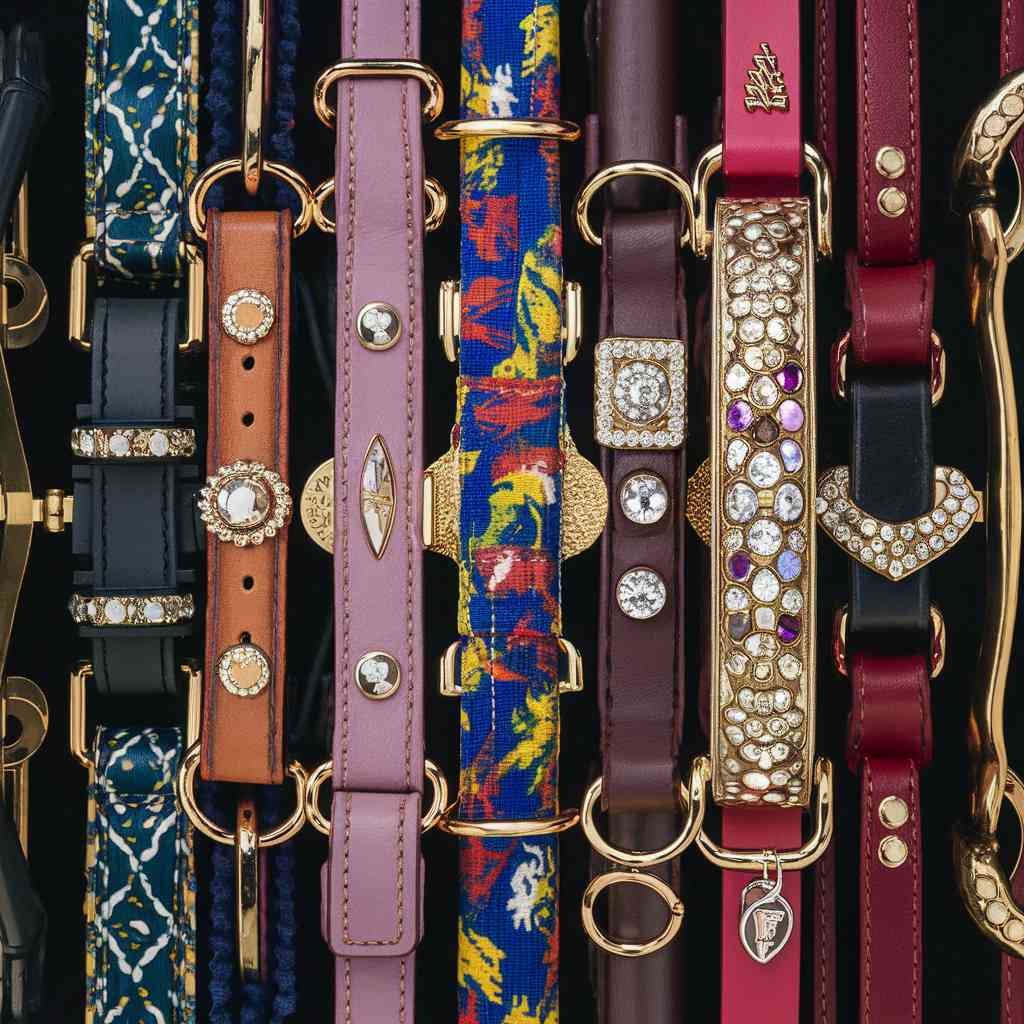
Designer collars represent a significant segment of the dog fashion industry, blending functionality with flair. As you can see on Veselka, the best large dog collars often serve as a pet’s most basic accessory, a fusion of style and practicality.
Available in a variety of materials, from luxe leather to embellished fabrics, designer collars can feature everything from gemstone encrustations to personalized name tags and GPS tracking capabilities.
While they are a fashion statement, these collars also maintain their essential role in pet safety and identification. However, it’s important that the design of these collars considers comfort, ensuring they are not too heavy or restrictive for the dog’s neck.
What’s trendy and what’s terrible in this designer dog apparel world?
While many celebrate the fun and creativity of dressing up their pets, there are vocal critics who argue that designer dog fashion prioritizes looks over the well-being of animals. Critics contend that some outfits may restrict movement or cause discomfort to pets, especially those that are not well-tailored to the specific needs of different breeds.
Additionally, there is concern over the environmental impact of rapidly changing fashion trends, contributing to waste when outfits are quickly discarded for the next new style.
What do you need to consider before purchasing your next item?
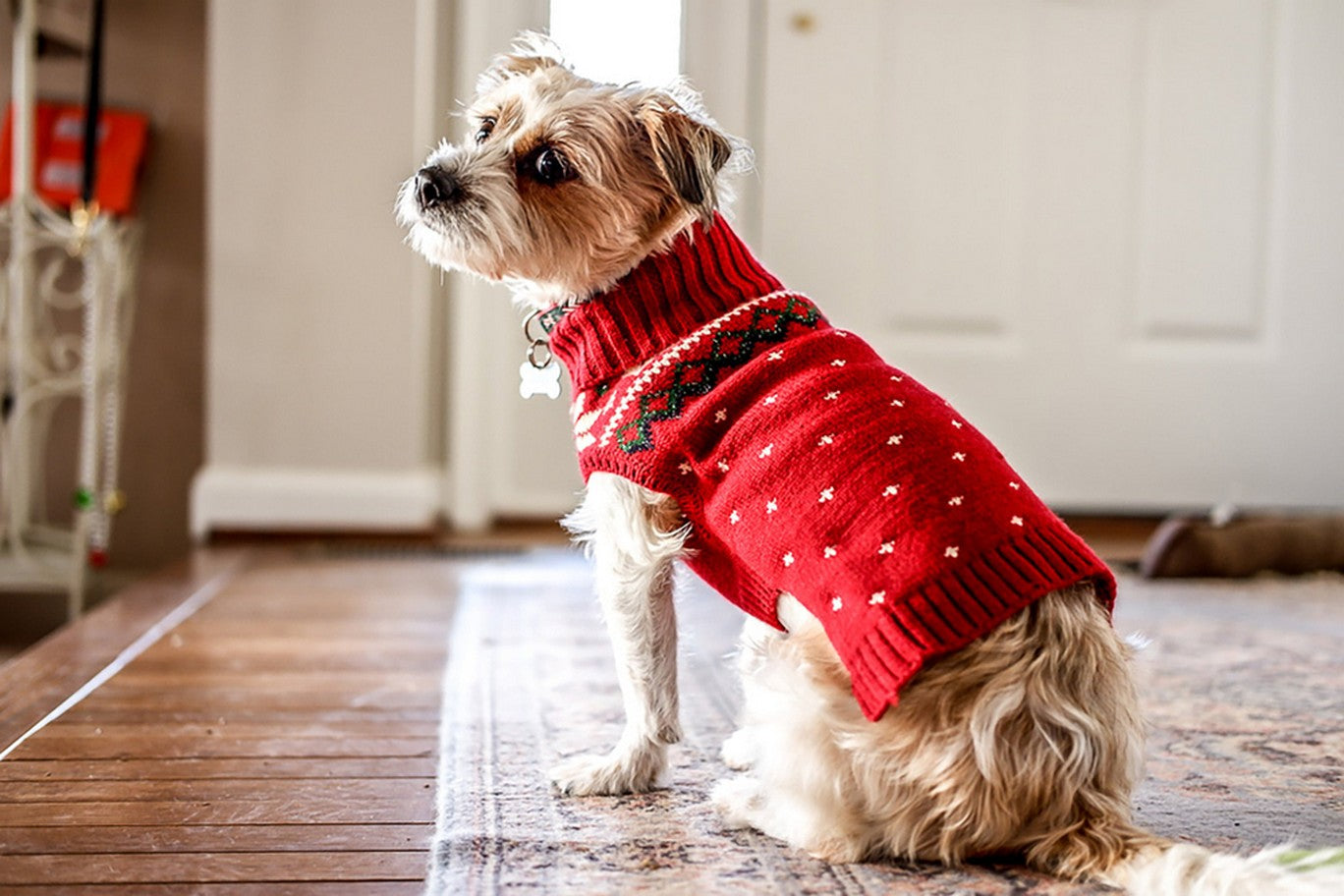
For those who choose to dress their dogs, the primary consideration should always be the comfort and safety of the animal. This means selecting clothing that allows for full mobility and is made from breathable, non-irritating materials.
It’s important to ensure that any adornments or accessories pose no choking hazard and that the clothing does not contain any toxic dyes or materials. Pet owners should observe their dog’s behavior while wearing clothes to ensure they are not experiencing anxiety or discomfort.
What are some ethical and practical perspectives you need to be aware of?
From an ethical standpoint, the key is to balance human desires with animal welfare. While dressing up pets can be seen as an expression of love, it should not interfere with the animal’s natural behaviors or well-being.
Practically, there is a place for functional fashion in pet wear, such as protective gear against weather extremes, which can provide genuine benefits to pets.
Is there any sustainability in this practice?
As the designer dog fashion industry grows, so does the conversation about its sustainability. The fast fashion trend in human apparel, known for its environmental impact, finds its parallel in pet fashion. This raises concerns about waste and the lifecycle of these garments and accessories.
Eco-conscious designers and brands are beginning to address these issues by creating lines of sustainable dog fashion, using recycled materials, and producing garments that are both durable and stylish.
These initiatives not only appeal to environmentally aware consumers but also set a standard for responsible production practices in the industry.
How to balance fashion and function when it comes to canine apparel?
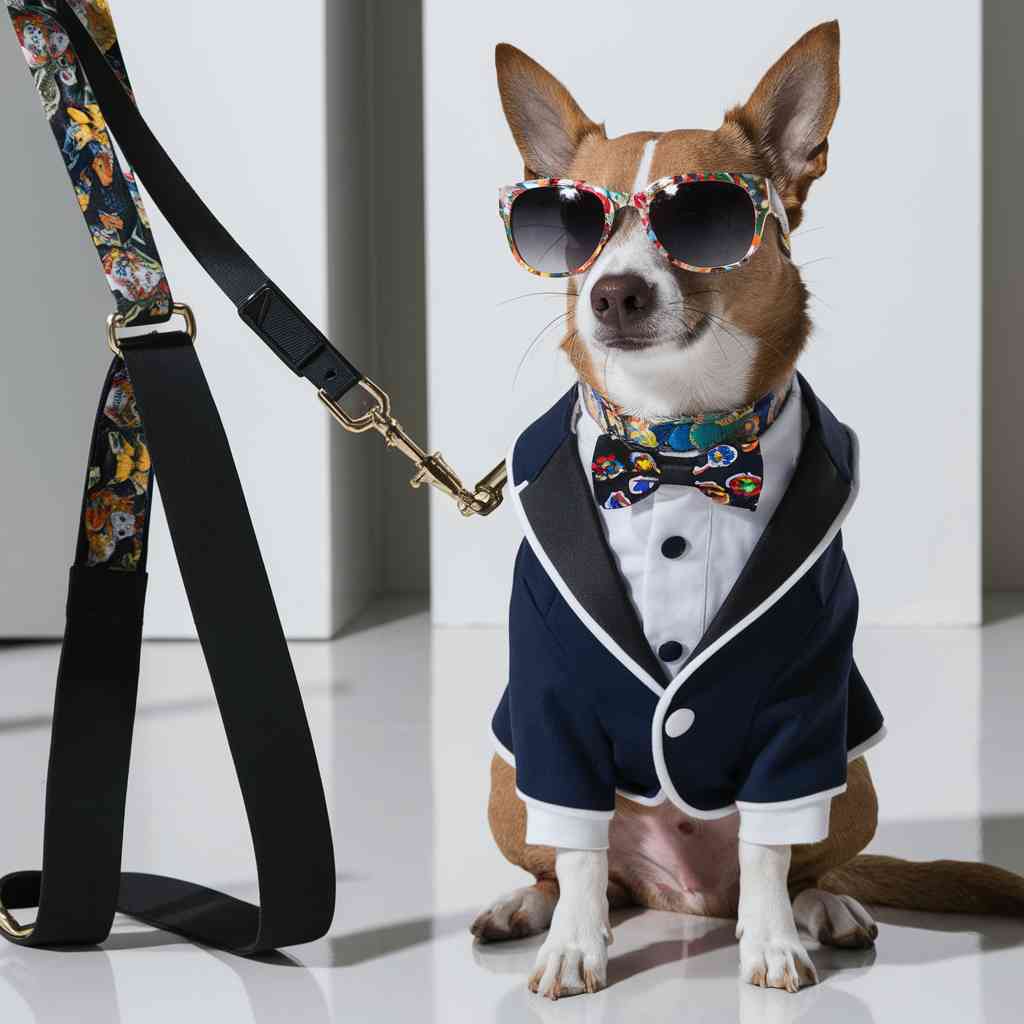
Ultimately, the key to responsible pet fashion lies in balancing aesthetic desires with practical needs. Pet fashion should not only serve the owner’s taste but also respect and enhance the pet’s life quality.
This balance can be achieved by choosing items that are appropriately sized, made from suitable materials, and designed with the pet’s comfort in mind.
Accessories and clothing that fulfill a functional purpose, such as harnesses with reflective fabrics for night walks, or cooling vests for summer heat, represent ideal examples of how fashion can meet functionality in pet care.
Make sure that your pet is comfortable and happy before exploring new trends
It’s crucial to consider the psychological impact of dressing up pets. While some dogs might enjoy the attention that comes with wearing cute outfits, others may feel discomfort or stress.
Pet owners need to be attuned to their dog’s behavior and comfort levels with clothing and accessories. Signs of stress may include scratching at the clothes, whimpering, or behaving in a subdued manner. It’s vital for owners to recognize these signs and prioritize their pet’s well-being over the desire to accessorize them.
The world of designer dog fashion is a complex interplay of style, animal welfare, and consumer culture.
As the market for pet fashion continues to grow, it challenges us to reflect on our motivations for engaging in this trend and to prioritize the health and happiness of our pets above all. Whether trendy or terrible, the rise of designer dog fashion undeniably adds a colorful chapter to the evolving story of human-pet relationships.

